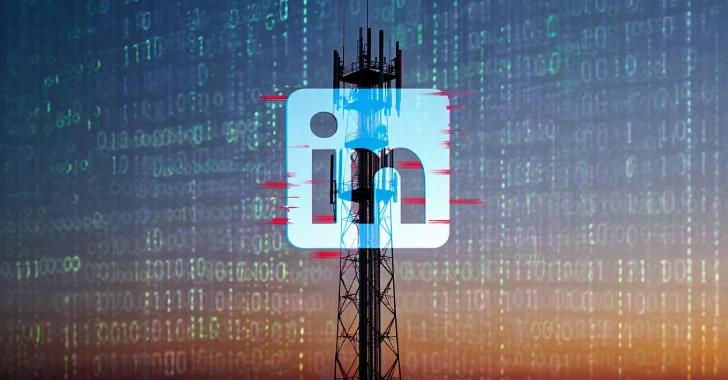A vulnerability in the American Archive of Public Broadcasting’s website allowed downloading of protected and private media for years, with the flaw quietly patched this month.
BleepingComputer was tipped about the flaw by a cybersecurity researcher who asked to remain anonymous, stating that the flaw has been exploited since at least 2021, even after the researcher previously reported it to the organization.
After contacting AAPB about the flaw, a spokesperson confirmed the issue, and the researcher validated that the fix was implemented within 48 hours.









